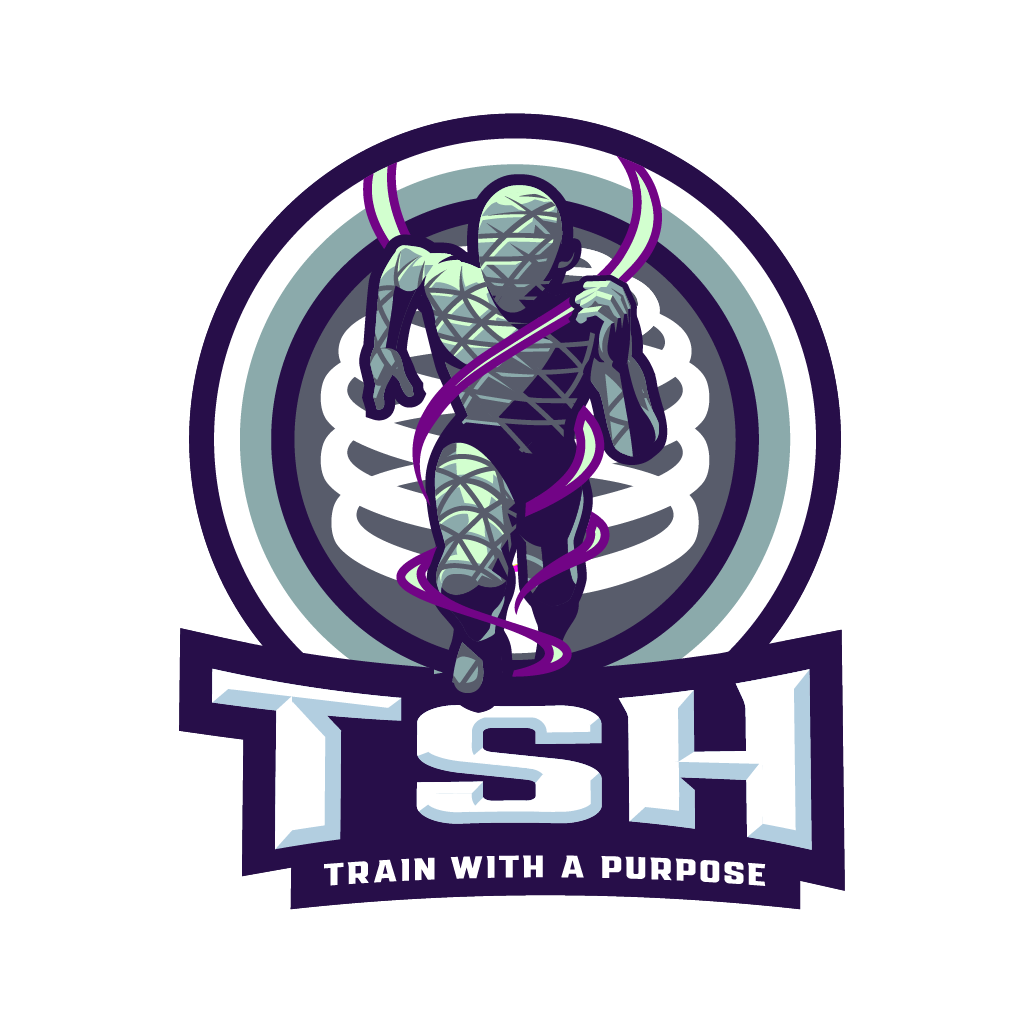What Adaptation Do You Want?
What are the adaptions you want?
What variable do you consider first when writing a program?
When I was younger - and much more ignorant than I am now I would focus on the core training variables first (sets, reps, intensity, volume, etc.) w/ a loose consideration of the type of activities that might accompany them.
Then I got to that dangerous area where you think you know stuff. Exercise selection was always my default first step.
Now I’m somewhere else. This place seems better than where I was before - but it also feels like I know nothing.
So these days I realized that both young stupid Greg, and older ignorant Greg, were actually both right.
What they were missing was a first principles way of thinking, and a process for mind mapping.
The first question I ask myself when writing a program now is, what adaptations do I want?
Likely there are more than one. So the next question is, short term, what adaptation(s) are most important? This could be evaluated based on two criterion:
What adaptations are needed based on a time line - how long do I have this athlete for in relation to what I can change that will most favorably impact their performance?
What adaptations do I need to build further adaptations upon?
So this brings me back to the idea of exercise selection vs. training variables and what variables should be first considered.
The desired adaptation should drive this decision making process.
Is it force production? Then I need to first consider the execution of this activity in order to maximize force production. I will set up the training variables first - THEN I will select an activity that allows them to safely execute the movement while maximizing their ability produce force.
Is it favorable change in movement options? Then I need to first consider the position I put them in, in order to maximize their chances of creating a desired shape change. I will consider their starting parameters first - THEN I will select appropriate training variables that allow them to execute the movement without compensation.
The goal is to not mix the two thought process together too heavily. If I want maximal force production, then go after it. Acknowledge the possible second and third order consequences. However, don’t set them up in such a way where we get dampened force production whilst also not favorably effecting their ability to make a shape change. In the end you don’t get either adaption, just a bunch of work with little return.
So in the example of force production - for sake of an easily digestible example:
Step 1. Establish needed Intensity
Step 2. Appropriate volume for the intensity
Step 3. Appropriate rep range to display output
Step 4. Choose activity that allows the athlete to execute on the task without taking away from force production, but minimizing second and third order consequences to the best of your ability
So in the example of making a movement change - for sake of an easily digestible example:
Step 1. Consider where they are now, and where we can put them to maximize ability to create a shape change with minimal compensation - aka choose the activity
Step 2. Appropriate rep range to minimize deterioration on execution
Step 3. Appropriate volume to create enough exposure to get adaption
Step 4. Appropriate intensity to allow for correct execution and behavior of soft tissue
Example of muddying the waters (for the sake of general example, this can be unpacked many different ways):
Athlete presents with a hand that is internally rotated relative to their wrist. (Confused on what I am talking about? See my post on Flexor Pronator Strains).
You acknowledge the need to acquire an externally rotated shape of the hand.
You also acknowledge the need to raise force production in the upper extremities.
You decide that you are going to bench press this athlete using a Fat Bar because it will open the hand more, and promote less internal rotation due to the dampened ability to squeeze the bar.
However, the bench press is still inherently going to produce an externally rotated upper extremity and an internally rotated hand relative to the extremity. The wider bar grip will minimally effect the ability to change the change the shape at the hand and wrist, but take away from their force production abilities.
Did we get any of the adaptions we wanted? Possibly no.
Instead we need to evaluate what’s most important. If it’s force production, and you have decided a barbell bench press is going to get you that, then do it. Do it in a such a way that maximizes force production.
Address the hand and wrist elsewhere in the program and see if you are able to manage the issue. When force production adaptations reach a favorable level - shift the focus and address the hand / wrist more aggressively whilst maintaining that level of force production.
Maybe this is a pitcher who is having pain when throwing. They still need to boost force production, but the relative movement of the hand and wrist take priority. Attack it hard, minimizing any interference so you can make the change quickly. When you get the adaption you want - shift the focus while managing the consequences, so as to not move backwards.
This was a bit of brain dump on paper - but I hope it helps and makes you think about your approach!
